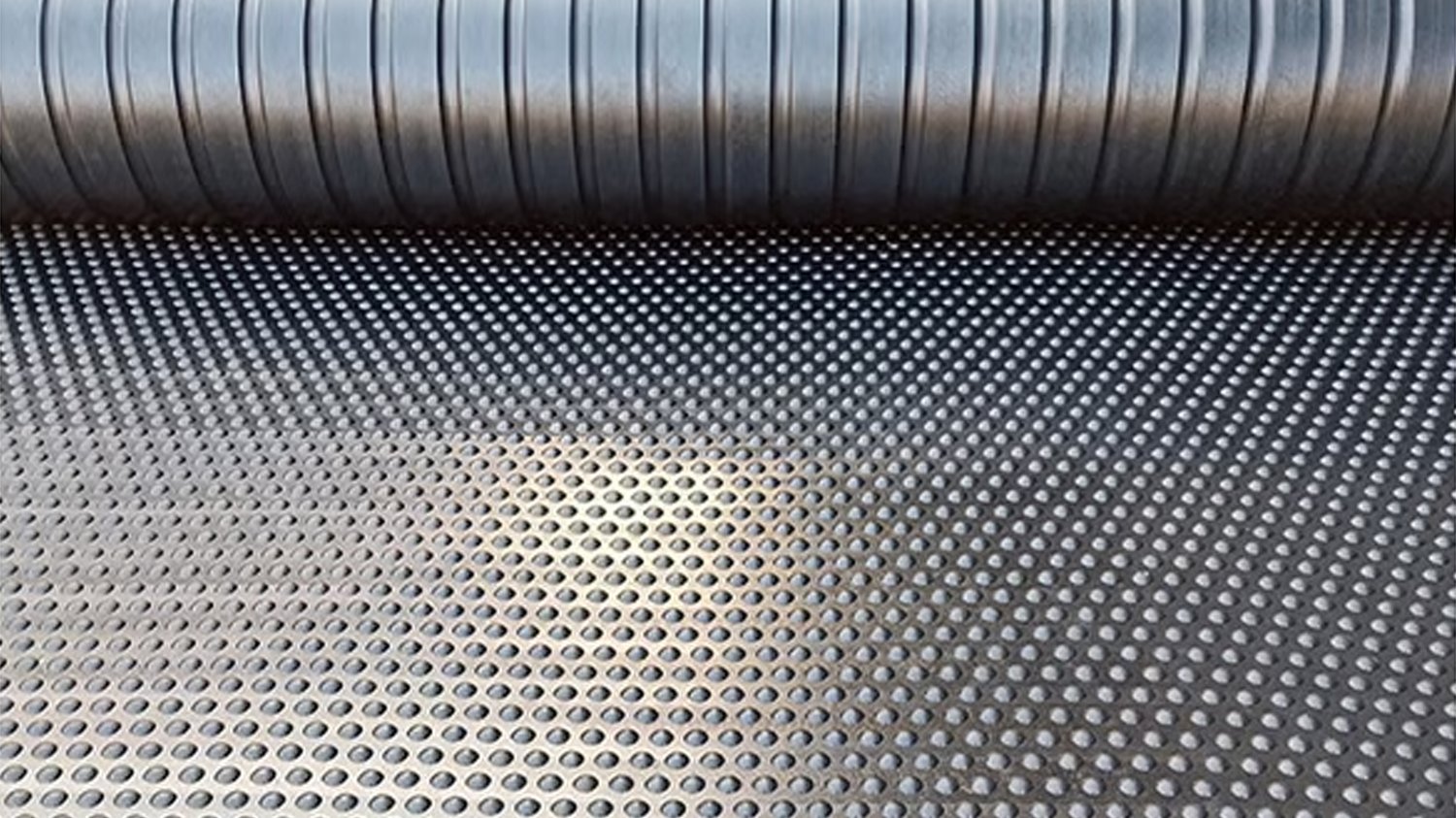When it comes to ensuring the protection of electronic devices or equipment from water damage, using a rubber seal for waterproof enclosures is crucial. Rubber seals serve as a barrier that prevents moisture from seeping into the enclosure, thus keeping your valuable items safe and functioning properly. In this article, we will explore the different aspects of using a rubber seal for waterproof enclosures.
1. What is a rubber seal for a waterproof enclosure?
A rubber seal is a strip of rubber material that is designed to create a waterproof barrier when placed along the edges of an enclosure. It helps to seal any gaps or openings in the enclosure, preventing water from entering and causing damage to the contents inside.
2. Types of rubber seals for waterproof enclosures
There are various types of rubber seals available for waterproof enclosures, including EPDM rubber seals, silicone rubber seals, and neoprene rubber seals. Each type offers different levels of flexibility, durability, and resistance to water.
3. Benefits of using a rubber seal
Using a rubber seal for a waterproof enclosure offers numerous benefits, including protection against water damage, dust, dirt, and other contaminants. It also helps to maintain the integrity of the enclosure and extend the lifespan of the enclosed items.
4. How to install a rubber seal
Installing a rubber seal for a waterproof enclosure is a relatively simple process that involves measuring the dimensions of the enclosure, cutting the seal to size, and carefully applying it along the edges of the enclosure. It is important to ensure that the seal is properly positioned and securely attached.
5. Applications of rubber seals in waterproof enclosures
Rubber seals are commonly used in various industries and applications where water resistance is essential, such as outdoor electrical enclosures, marine equipment, automotive components, and HVAC systems. They are also used in household appliances like refrigerators and washing machines.
6. Factors to consider when choosing a rubber seal
When selecting a rubber seal for a waterproof enclosure, it is important to consider factors such as the material composition, sealing properties, temperature resistance, and compatibility with the enclosure material. Choosing the right seal ensures optimal performance and protection.
7. Maintenance and care of rubber seals
To maintain the effectiveness of a rubber seal for a waterproof enclosure, regular inspection and maintenance are essential. It is important to check for any signs of wear, damage, or degradation, and replace the seal if necessary to ensure continued waterproofing protection.
8. Common problems with rubber seals
Over time, rubber seals in waterproof enclosures may experience issues such as cracking, shrinking, or becoming less flexible, which can compromise their sealing effectiveness. It is important to address these problems promptly to prevent water infiltration.
9. Enhancing waterproofing with additional sealing methods
In addition to using a rubber seal, there are other sealing methods that can be used to enhance the waterproofing of an enclosure, such as gaskets, adhesives, and compression seals. These methods can provide added protection in areas prone to water ingress.
10. Conclusion
In conclusion, utilizing a rubber seal for waterproof enclosures is essential for safeguarding electronics, equipment, and other valuable items from water damage. By understanding the importance of a proper seal, selecting the right type of rubber seal, and maintaining it effectively, you can ensure the longevity and functionality of your waterproof enclosures.

